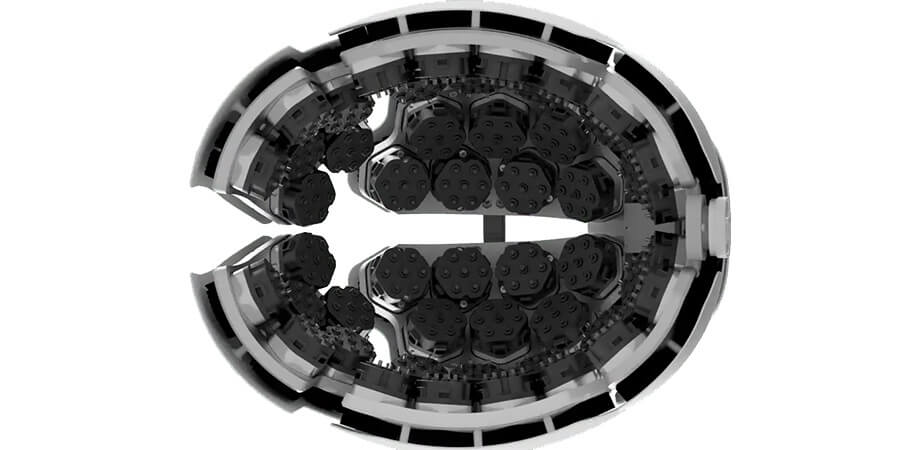Recent improvements in non-invasive brain imaging allow medical professionals to obtain high-resolution insights into the brain and its functions. However, most existing devices face some challenges that make them less than ideal for measuring brain activity. A new invention is set to change this.
Older brain imaging devices employ an imaging technique called continuous-wave functional near-infrared spectroscopy (fNIRS). Using infrared light, these devices scan brain tissue with a constant stream of photons (light particles) to measure changes in hemoglobin concentrations, which are caused by brain activity. Unfortunately, these devices cannot differentiate between scattered and absorbed photons, resulting in less accurate data. An improved technique called time-domain (TD)-fNIRS solves this issue by estimating photon scattering and absorption, but requires expensive, complex, and large machinery that’s limiting its use.
Now, neurotechnology company Kernel has developed a wearable headset that has the potential of making TD-fNIRS technology more accessible. The headset, called Kernel Flow, records local changes in blood oxygenation to measure brain activity. It weighs about 4.5 pounds and consists of four plates containing a total of 52 modules with two laser sources. The laser sources generate tiny laser pulses (less than 150 picoseconds wide) that pass through the scalp and are captured by six detector light pipes. The pipes then send the pulses to six hexagonally arranged detectors, which record the photon arrival times into histograms—visual interpretations of the collected data.
“This is the world’s first wearable full-head coverage TD-fNIRS system that maintains or improves on the performance of existing benchtop systems and has the potential to achieve its mission of making neuro measurements mainstream. I am really looking forward to what the brain has yet to reveal,” says Dimitris Gorpas, guest editor of the Journal of Biomedical Optics, where the system is described in detail.
In a testing session, the Kernel Flow system recorded brain signals from two subjects and collected histograms from over 2,000 channels, matching the performance of a conventional TD-fNIRS system. “We demonstrated a performance similar to benchtop systems with our miniaturized device as characterized by standardized tissue and optical phantom protocols for TD-fNIRS and human neuroscience results,” notes corresponding study author Ryan Field, Chief Technology Officer at Kernel, in a statement.
Because near-infrared light is not equally absorbed by all hair and skin types, additional testing of the device is still necessary. “We are currently collecting data with Kernel Flow to demonstrate additional human neuroscience applications,” Field adds. We are also in the process of evaluating the performance of the system with different hair and skin types.”
Article written by Clio Rourke








-392x250.jpg)



